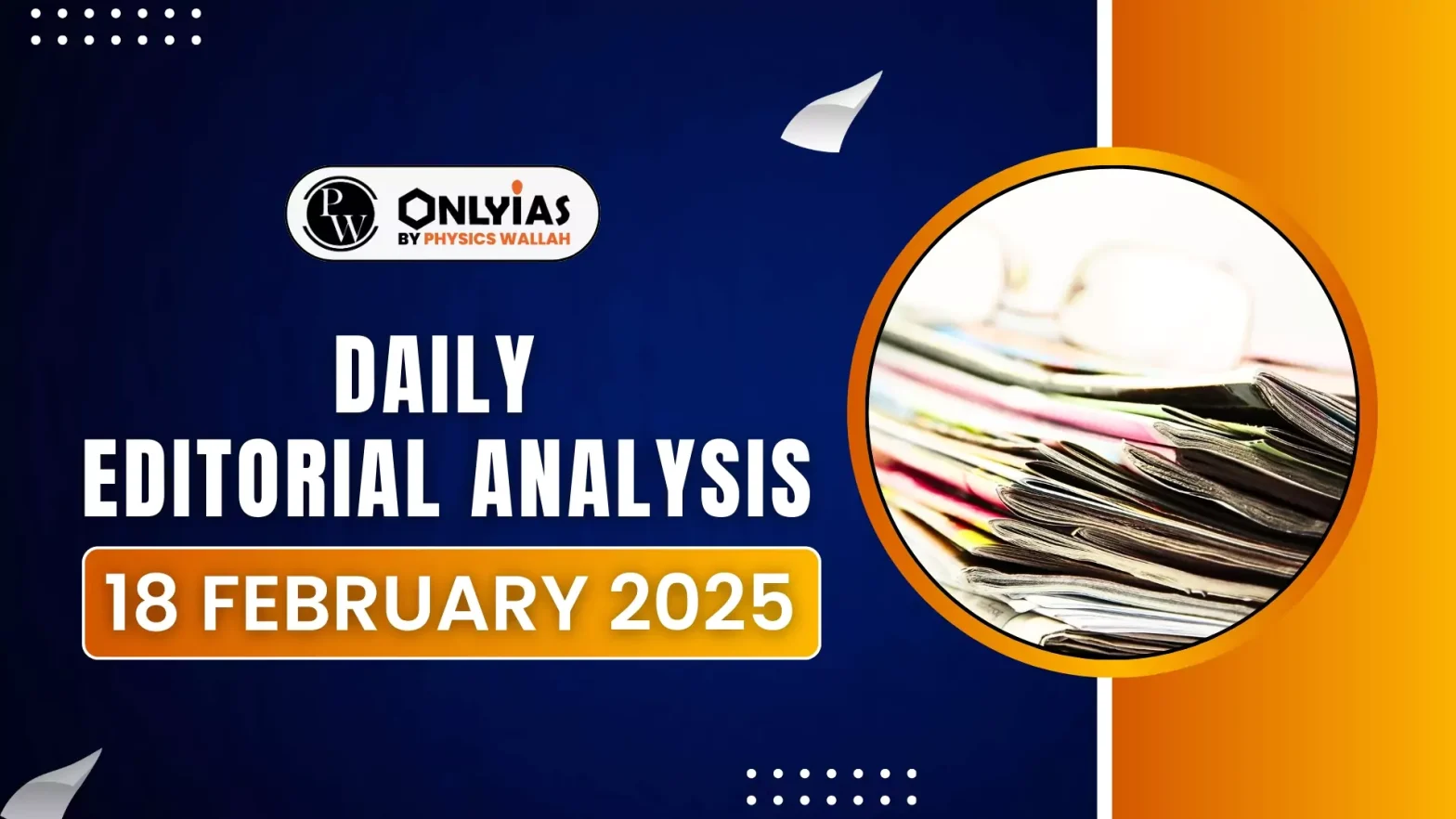States that produce thermal power should be fairly compensated for handling the pollution caused while generating electricity for other states.
India’s Commitment under Paris Climate Change Agreement
- Climate-Friendly Economic Development: Transitioning to a cleaner, more sustainable path for economic development that balances growth with climate responsibility.
- Reducing Emissions Intensity of GDP: A 45% reduction in emissions intensity (the amount of emissions per unit of GDP) by 2030, compared to 2005 levels. This aims to decouple economic growth from carbon emissions.
- Increase in Non-Fossil Fuel: Achieve about 50% of India’s total electric power installed capacity from non-fossil fuel-based energy sources by 2030. This includes solar, wind, hydro, and other renewable energy sources.
- Thermal Power: Despite the push towards cleaner energy, thermal power (coal and gas) will still maintain a 50% share in India’s energy mix under the new NDC.
Environmental Burden of Thermal Power
- Dominance of Thermal energy:India’s energy landscape is still largely dominated by thermal power generation, particularly from coal. The reliance on thermal power has significant implications for both the economy and the environment.
- Coal Reserves: As of April 2023, India has a massive 378.21 billion tonnes of coal reserves, with Odisha alone contributing 94.52 billion tonnes.
- Contribution to Energy Supply: Approximately 59.12% of India’s total energy supply comes from coal, underscoring the significant role coal continues to play in the nation’s energy mix.
- Share in Electricity Generation: In the fiscal year 2022-23, about 73.08% of India’s electricity was generated using coal, oil, and natural gas, with coal being the dominant fuel source.
- Carbon Emissions: India’s thermal power generation leads to substantial carbon emissions. In 2022, the country recorded 20,794.36 kg of carbon emissions from electricity production, contributing significantly to global climate change.
- Environmental Burden: States with high thermal power production bear a disproportionate environmental burden.
Disparity in Electricity Generation and Consumption
- Power-Producing vs. Power-Consuming States Data from the Central Electricity Authority (CEA) for 2022-23 highlights the contrast between states generating large amounts of electricity and those relying on imports.
- Top Non-Renewable Energy Producers:
- Maharashtra: 31,510.08 MW
- Uttar Pradesh: 26,729.374 MW
- Gujarat: 26,073.41 MW
- Leading Renewable Energy Producer: Rajasthan: 22,398.05 MW
- States Producing More than They Consume:
- Uttar Pradesh: Consumes only 40% of its NTPC-generated power.
- Odisha: Uses 38.43% of its produced power.
- Chhattisgarh: Consumes just 29.92% of its generation.
- Major Electricity Importers:
- Gujarat: Largest importer, consuming 4,612 MW of NTPC power despite generating only 17.7 MW.
- Maharashtra & Haryana: Significant importers, depending on electricity produced in other states.
- Net Exporting vs. Importing States: According to NITI Aayog’s 2022-23 data, certain states emerge as net exporters while others are heavily dependent on imports.
- Top Net Electricity Exporters:
- Chhattisgarh: 535.29 MW
- Madhya Pradesh: 379.19 MW
- Himachal Pradesh: 153.43 MW
- Rajasthan: 135.14 MW
- Odisha: 95.40 MW
- Meghalaya: 55.22 MW
- Top Net Electricity Importers:
- Gujarat: 528.17 MW
- Haryana: 212.63 MW
- Maharashtra: 187.50 MW
- Delhi: 162.97 MW
- Punjab: 160.82 MW
- Tamil Nadu: 128.37 MW
- Analysis: This pattern indicates that industrially and economically developed states (e.g., Gujarat, Maharashtra, and Tamil Nadu) depend on power-producing states to meet their energy demands while facing minimal pollution burdens.
- Tripura: Highest thermal power share in total electricity capacity (96.96%).
- Bihar: Second highest thermal power dependency (95.57%). Despite high production, Bihar sold 16,529.62 MW of electricity in 2022-23, meaning much of its generated power benefits other states rather than its own residents.
Issue regarding Power-Producing States
- No Compensation for Pollution Burden: Despite being critical contributors to India’s electricity supply, thermal power-producing states do not receive compensation for the environmental and public health costs they bear.
- Regulatory Gaps: India’s current tax structure does not account for environmental costs in electricity generation. Taxes and duties are levied on electricity consumption and sale, not on production, leaving power-producing states uncompensated.
- Policy Constraints:
-
- Electricity is under the Concurrent List: As per Entry 38 of List III in the Constitution, both central and state governments can legislate on electricity matters.
- Ministry of Power’s Directive (October 2023): Prohibits states from levying additional taxes on electricity generation, limiting their revenue potential from power production.
- GST Exemption for Electricity: Electricity is exempt from the Goods and Services Tax (GST), preventing power-producing states from earning tax revenues on electricity distribution.
- Burden: These constraints disproportionately burden power-producing states, as they endure pollution without financial compensation, while power-consuming states benefit from affordable electricity without sharing the environmental costs.
Way Forward
- Compensation Mechanism: To ensure equity between power-producing and power-consuming States, a structured compensation framework must be implemented.
- Allow States to Impose Taxes: States that host central sector thermal power plants should be permitted to levy taxes on thermal power production to offset pollution burdens.
- Revenue Redistribution: Alternatively, the Union government could collect taxes on power generation and redistribute funds to affected States to ensure a fair compensation model.
- Finance Commission-Based Compensation: The Finance Commission of India should create a structured compensation mechanism for power-producing States.
- Building on Precedents: The last three Finance Commissions have already considered environmental and climate concerns in fund allocations.
- Strengthening the 16th Finance Commission’s Role: The 16th Finance Commission should:
- Align compensation mechanisms with India’s international climate commitments.
- Implement a fiscal roadmap to address environmental burdens faced by power-producing States.
Conclusion
Whatever the mechanism, thermal power-producing States under the central sector should be compensated adequately for carrying the burden of other States’ electricity consumption.
![]() 18 Feb 2025
18 Feb 2025


